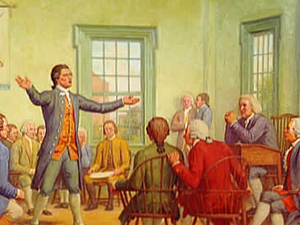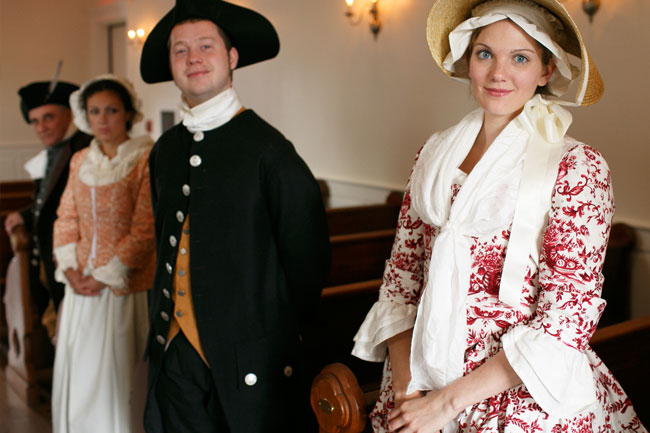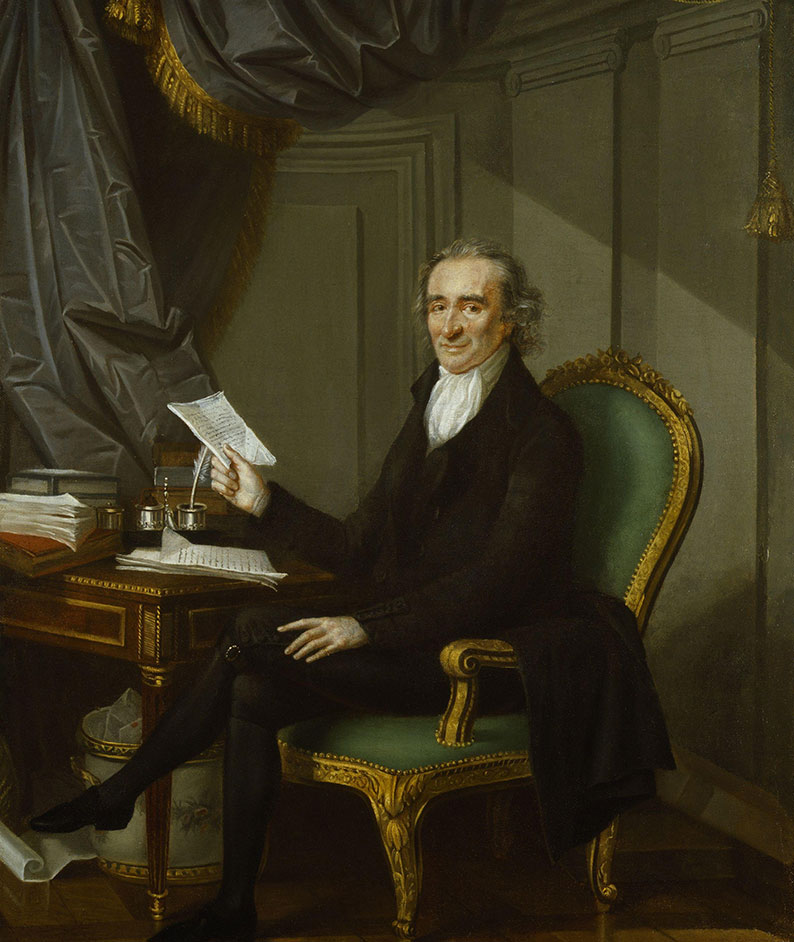The First Continental Congress: The Patriots React To The Intolerable Acts
September to October 1774
As the name suggests, the Intolerable Acts were not received well amongst the colonies. Before the shots were fired at Lexington and Concord, the colonies made an attempt to settle the concerns and frustrations raised with the Intolerable Acts through debate and discussion. Thus, the First Continental Congress was called to order on September 5th, 1774. 55 colonial representatives, including famous Patriots like John Adams, Samuel Adams, George Washington, and Patrick Henry, from twelve colonies met in Philadelphia, Pennsylvania to formulate a plan of action. Georgia was the only colony that did not send representatives. Virginia’s representative, Peyton Randolph, was elected president of the First Continental Congress. It was decided that each colony would be allotted one secret ballot.




